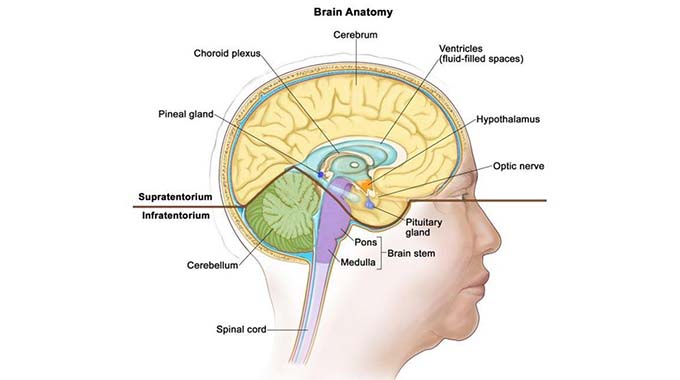
The ManicaPost

Dr Tendai Zuze Matters of Health
A brain tumour is a mass or growth of abnormal cells in your brain or close to your brain. Different types of brain tumours exist.
Some are non-cancerous (benign), and some are cancerous (malignant). Brain tumours can begin in your brain (primary brain tumours), or cancer can begin in other parts of your body and spread to your brain (secondary, or metastatic, brain tumours).
How quickly a brain tumour grows can vary greatly.
The growth rate as well as location of a brain tumour determines how it will affect the function of your nervous system.
The signs and symptoms of a brain tumour vary greatly and depend on the brain tumour’s size, location and rate of growth.
General signs and symptoms caused by brain tumours may include:
New onset or change in pattern of headaches
Headaches that gradually become more frequent and more severe
Unexplained nausea or vomiting
Vision problems, such as blurred vision, double vision or loss of peripheral vision
Gradual loss of sensation or movement in an arm or a leg
Difficulty with balance
Speech difficulties
Confusion in everyday matters
Personality or behaviour changes
Seizures, especially in someone who doesn’t have a history of seizures
Hearing problems
Primary brain tumours originate in the brain itself or in tissues close to it, such as in the brain-covering membranes (meninges), cranial nerves, pituitary gland or pineal gland.
Primary brain tumours begin when normal cells acquire errors (mutations) in their DNA.
These mutations allow cells to grow and divide at increased rates and to continue living when healthy cells would die. The result is a mass of abnormal cells, which forms a tumour. Primary brain tumours are much less common than are secondary brain tumours, in which cancer begins elsewhere and spreads to the brain.
Secondary (metastatic) brain tumours are tumours that result from cancer that starts elsewhere in your body and then spreads (metastasizes) to your brain. These most often occur in people who have a history of cancer. But in rare cases, a metastatic brain tumour may be the first sign of cancer that began elsewhere in your body.
Secondary brain tumours are far more common than primary brain tumours. Any cancer can spread to the brain, but the most common types include breast, colon, kidney and lung cancers. In most people with primary brain tumours, the cause of the tumour is not clear.
But doctors have identified some factors that may increase your risk of a brain tumour. Risk factors include:
Your age. Your risk of a brain tumour increases as you age. Brain tumours are most common in older adults. However, a brain tumour can occur at any age. And certain types of brain tumours occur almost exclusively in children.
Exposure to radiation. People who have been exposed to a type of radiation called ionising radiation have an increased risk of brain tumour. Examples of ionising radiation include radiation therapy used to treat cancer. The role of cellphones in causing brain tumours is still being debated.
Family history of brain tumours. A small portion of brain tumours occur in people with a family history of brain tumours or a family history of genetic syndromes that increase the risk of brain tumours.
If you suspect you have a brain tumour please visit your doctor for investigations and possible treatment.



